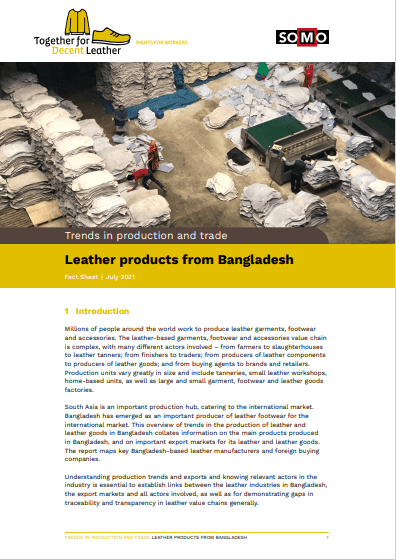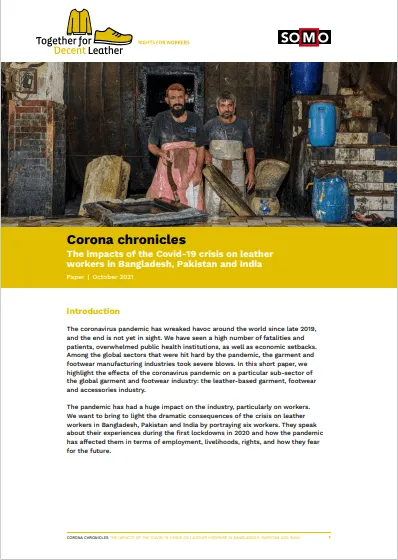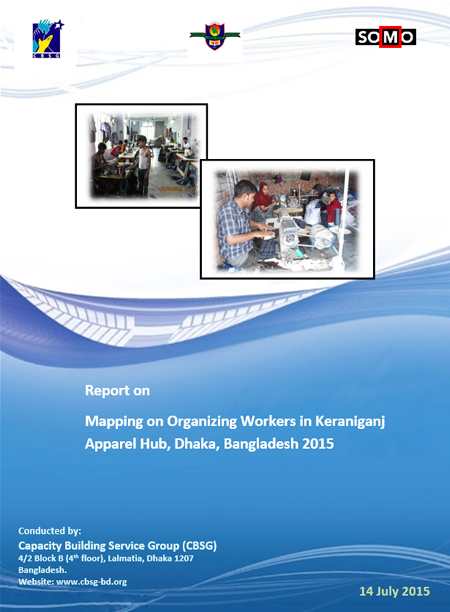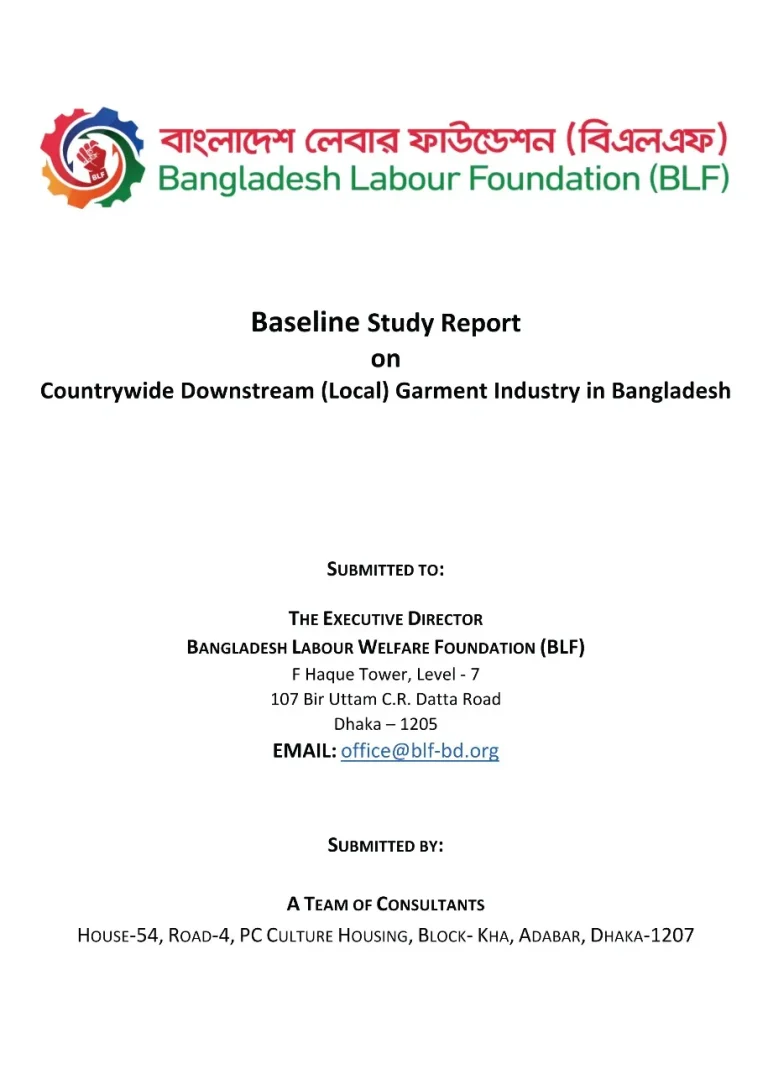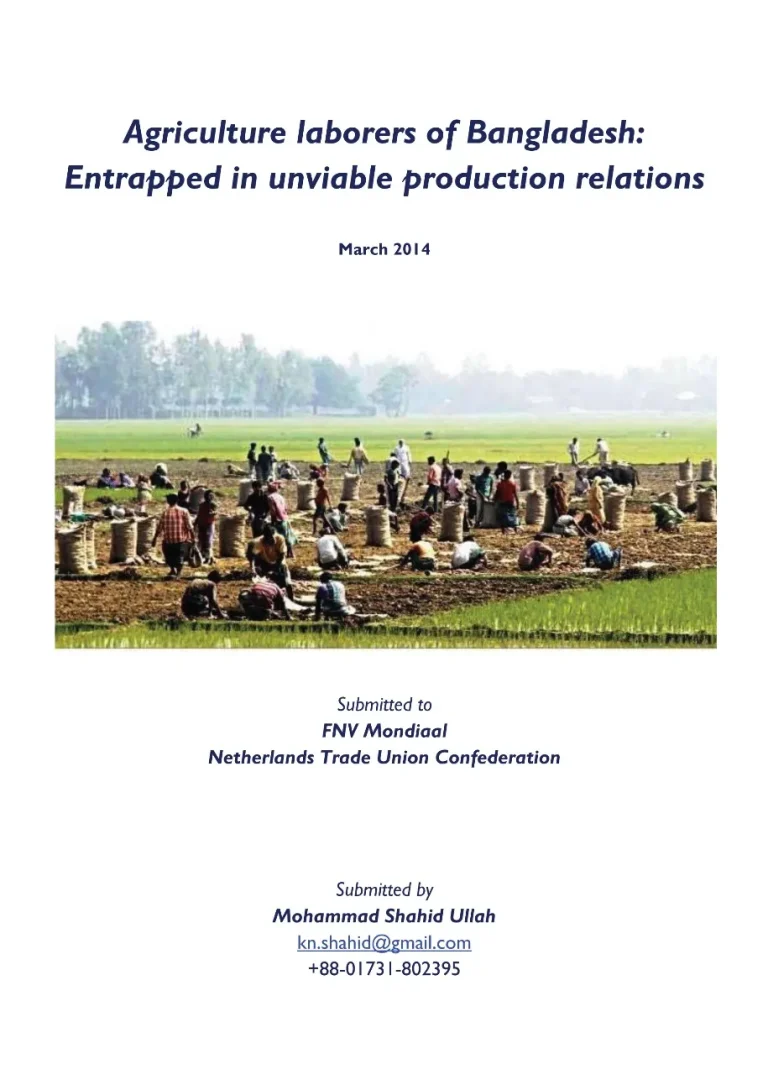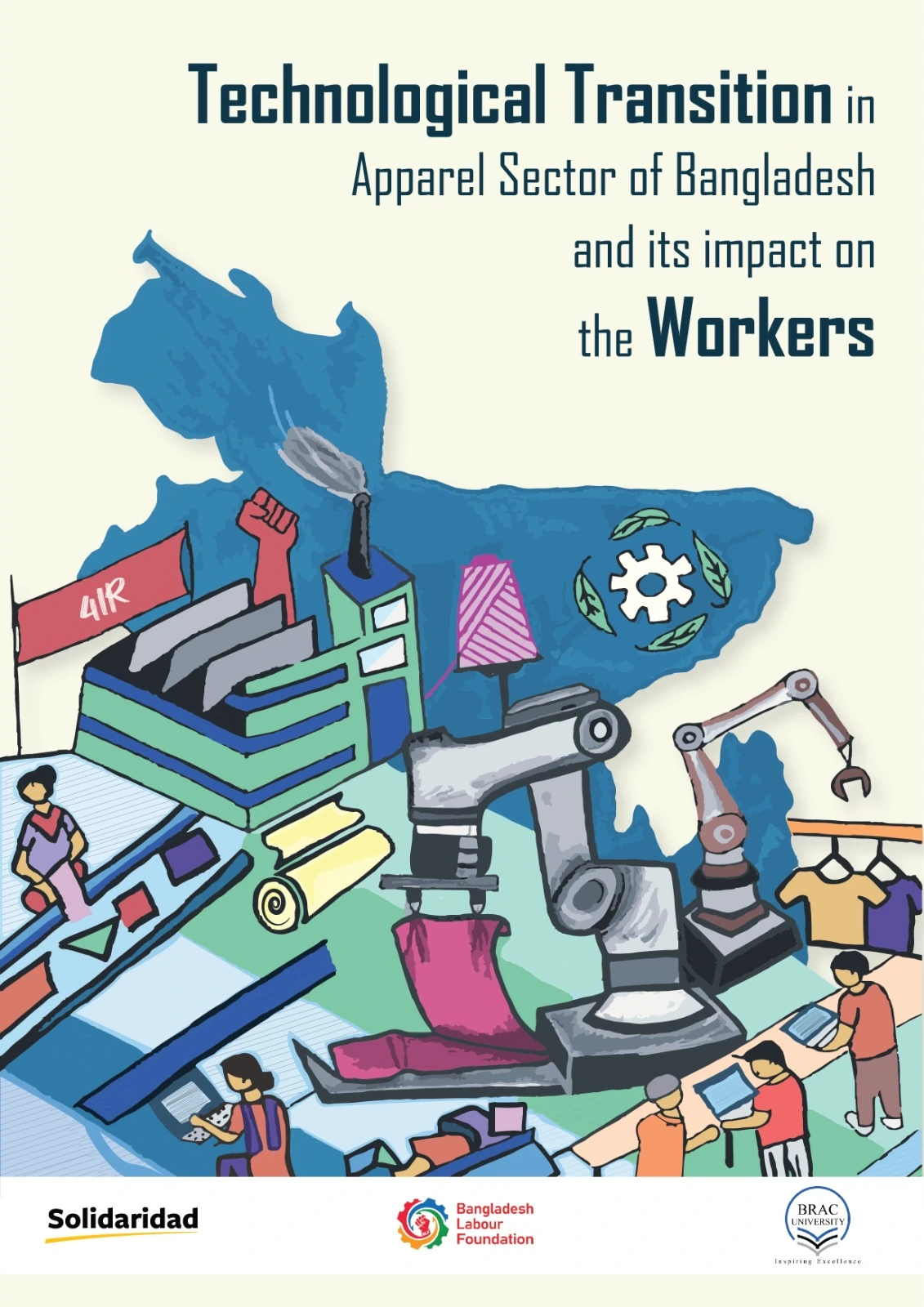Researsh & Study
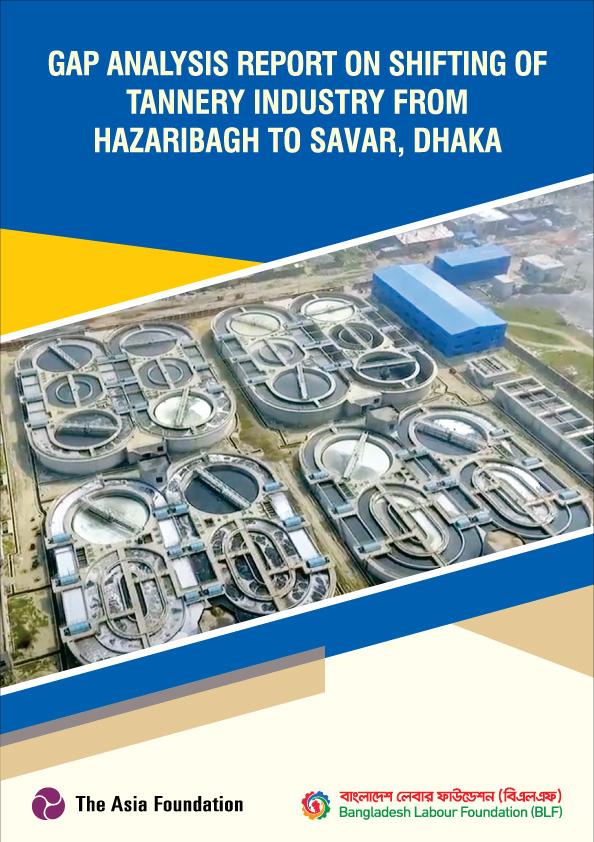
Timeline : 2021
The leather industry is the 2 largest export industrial sector of Bangladesh. The recent trend of the growth of this sector doesn’t reflect the potential this sector carries. In the recent period, a noteworthy turnaround has been done in this sector by shifting the industries and relocating those from Hazaribagh to Tannery Industrial Estate, Dhaka (TIED). The relocation aims to provide infrastructure to the Leather Industry Entrepreneurs through establishing an environment-friendly industrial city to attract foreign investors, increase production and export, contribute to the economic growth by creating employment and development, and modernisation of tannery industry. With that aim, the shifting of tannery industries has been done.
On the other side, TIE has started production with 119 factories till now out of its capacity of 200 units. It has about 2 years after the enforcement of shifting by the High court order to the Government in the year 2017. This study has identified the gaps by analysing the expectations measured from the shifting and relocation with its present status, remaining challenges, and recommendations to improve. The study tried to cover a wide range of analyses on shifting and relocation status. It has discussed 8 major issues with 21 sub-issues under the major issues. The major issues are the progress of shifting and relocation, the
Major 8 Areas of Gap Identification for the Tannery Industries:
- Gaps on shifting and relocation of Tannery industries from Hazaribagh to Hemayetpur:There were 186 tanneries functional at Hazaribagh before shifting. About 71 factories have no production after the year 2017. There is no report found any more industry remaining at Hazaribagh or other places outside Tannery Estate.
- Gaps on infrastructure development at Hemayetpur Tannery State: Infrastructure development for factory relocation almost complete; Plots which has handed over at Savar Tannery estate didn’t register yet; 43 plots remain unused or plan for use of service providers; many manholes are open, drainage system blocked with garbage, water overflow and fall into the river Dhawleshswary.
- Gaps on environment protection: Waste water falling into the river. Dhawleshshwary river has become polluted. Community people do not use river water for their home-based work like cleaning dishes, clothes, taking a bath of them and their cattle; severe itching and other skin problems are reported for use of river water; CETP is not running its fullest efficiency some of the facilities are yet to be installed; Sludges are now dumped at dumping yard; Solid wastes being dumped in an open space, which is spreading foul smells and polluting air quality in the surrounding areas.; Solid wastes are not managed properly; Tannery state missing the opportunity of a growing plantation.
- Gaps on progress of business & employment: Trend of business and employment is downward after relocation and shifting of the Tannery industries; No foreign Direct investment reported till now at TIED; production of the factories seriously interrupted due to shifting of the industries in the new location; Earning from export has reduced; Savar Tannery industry couldn’t able to reach the expected level of employment.
- Gaps on progress of workers’ issues: At the first chance of the shifting started thousands of workers have to lose their job due to distance workplace; about 3000 tannery workers and their families still staying at Hazaribagh or Dhaka City; 92% of workers had to stop the education of their children for engaging them income; Women workers’ gender-based needs ignored at Hemayetpur. A huge number of workers don’t get dues from the employers after detachment from the job.
- Gaps on progress of labour welfare issues: Workplace environment in TIED has improved in Savar than Hazaribagh but it is yet to improve; on the other hand, no significant improvement in occupational safety and health; Diseases have increased among the tannery workers’ after shifting from Hazaribagh to Savar; Workers are not getting emergency treatment; A major portion of workers couldn’t shift from Hazaribagh; Travel to Hemayetpur from Hazaribagh is costly, time-consuming and hurdles for the workers; Local residence at Hemayetpur is too high due to insufficient residence. Workers are not able to get food from the outside shop and have to work a long time with hunger; factories have no canteen facilities.
- Trade Union activities: TU activities reduced at Hemayetpur, TU leaders maintain office work at Hazaribagh TU office. TU very much depends on the most senior leaders. It has been observed that the strong second-line leaders have not appeared among the TU committee who can lead and replaced senior leadership. The active number of TU members are reduced significantly though there is no specific figure mentioned by the leaders.
- Role analysis (Community role): The gap has a two-fold status for Hemayetpur, one is environmental hazards have been increased and another is social mobility and bondage decreased at Hemayetpur due to air pollution and high commercial engagement, especially at Horindhara commercial aspects has been increased due to established TIE and cultural heritage is an interruption due to the industrialisation.

